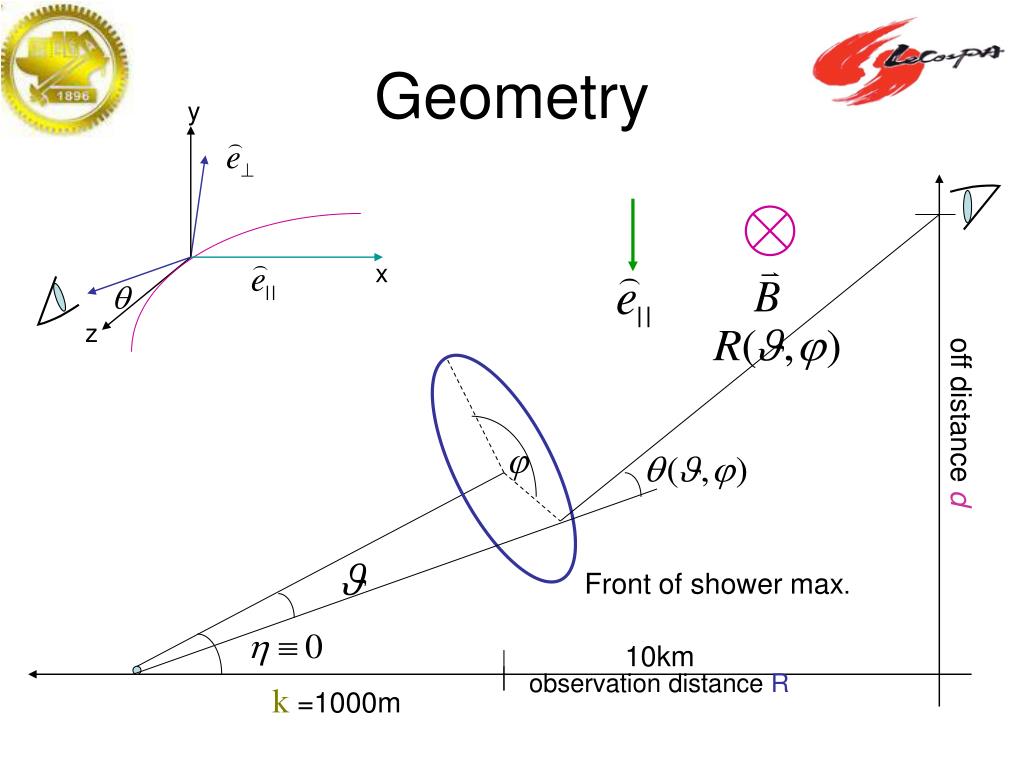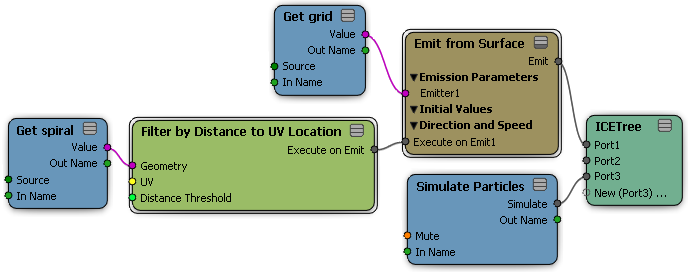
This study was undertaken to investigate the contribution of particulate emissions from a cement material production facility to particulate deposition in a nearby residential neighborhood-the Waterfront South (WFS) area of Camden, New Jersey (NJ). Those studies reported that the deposition rate of Ca exponentially decreased with the increase in distance from the cement factories 10 and demonstrated elevated total suspended particulate (TSP) concentrations in residences close to the cement plant. Only a few studies investigated deposition rates 10 and particle concentrations 1 related to particle emission from cement facilities.

However, the spatial impact of particle emission from such facilities on particle deposition in local communities has not been well characterized. Furthermore, dust deposition can negatively affect the quality of life for residents near such facilities, because it requires frequent cleaning and laundering, creates unsightly conditions, and lowers the value of residential property.

6– 9 In addition, the particles deposited on outdoor surfaces can be a source of exposure through hand-to-mouth activities and dermal adherence. 4, 5 Indeed, numerous studies have shown strong associations of fine particles with cardiopulmonary health effects. Those smaller particles can be a concern for community health because fine particles (PM 2.5, particulate matter smaller than 2.5 μm in diameter) can be inhaled and penetrate into the lung deep. 1– 3 The large particles may deposit on outdoor surfaces surrounding such facilities, and the fine particles may stay suspended in air for a longer period. Environmental Protection Agency (EPA) Chemical Mass Balance (CMB) source-receptor model, and 7.6–13% from the EPA Industrial Source Complex Short Term (ISCST3) dispersion model using the particle-size-adjusted permit-based emissions estimates.įacilities that crush or grind raw materials have the potential to emit particles into the ambient air. The estimated contributions to particle deposition in the study area were 1.8–7.4% from the regression analysis of the Ca concentration in particle deposition samples against the distance from the facility, 0–11% from the U.S. The contribution of the facility to outdoor deposited particle mass was further estimated by three independent models using the measurements obtained from this study. These observations suggest a significant contribution of the facility to the local particle deposition. The ratio of Ca/Al, an indicator of Ca enrichment due to anthropogenic sources in a given sample, showed a similar trend. The concentration of Ca, a major element in the cement source production material, was found to exponentially decrease with increasing downwind distance from the facility ( P < 0.05). The particle deposition flux in the study area was higher (24–83 mg/m 2 day) than at the background sites (13–17 mg/m 2 Both the bulk of the source material and the <38 μm fraction subsample were analyzed to obtain the elemental source profile.

One composite source material sample was also collected from a pile stored in the facility. In addition, duplicate surface wipe samples were collected side-by-side from each of the 13 locations within the same sampling area during the first deposition sampling period. Background samples were concurrently collected in a remote area located ~2 km upwind from the facility. Two rounds of particle collection (3–4 weeks each) were conducted in 8–11 locations 200–800 m downwind of the facility. A dry deposition sampler that can house four 37-mm quartz fiber filters was developed and used for the collection of atmospheric particle deposits. The objective of this study was to estimate the contribution of a facility that processes steel production slag into raw material for cement production to local outdoor particle deposition in Camden, NJ.


 0 kommentar(er)
0 kommentar(er)
